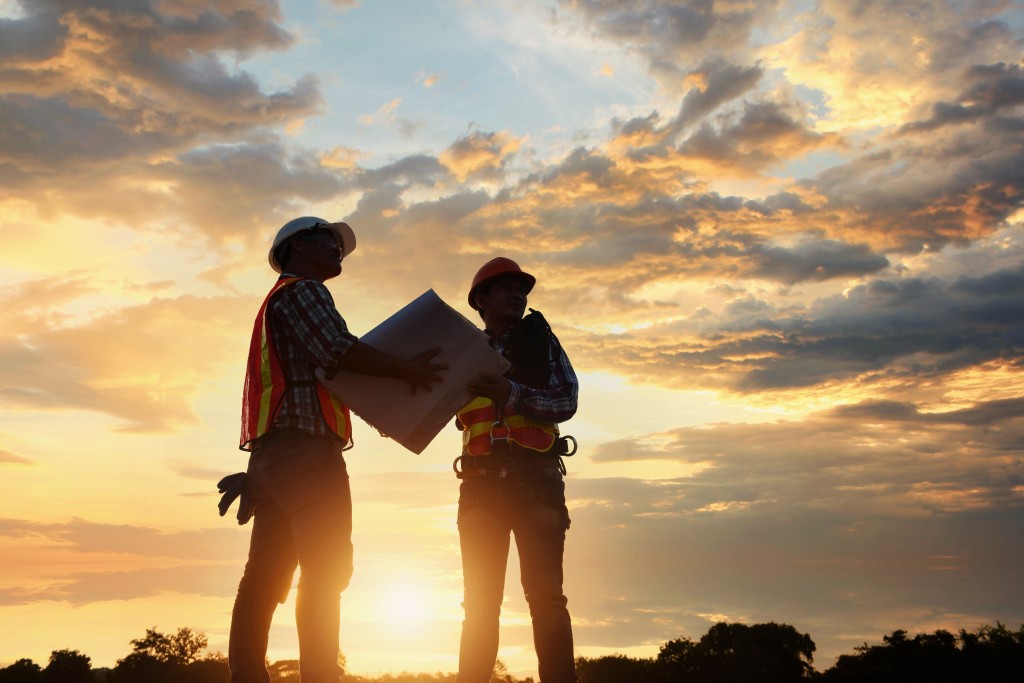My blog focuses on Financial Literacy/Money, Business/Entrepreneurship and Technology. Materials are critical for most businesses, and there are those that are critical for product development in the engineering context. The following contributed post is entitled, Rethinking Product Development: The Unsung Role of Engineering Materials.
* * *
Let’s be honest. When most guys think about product development, they picture the flashy stuff—renderings, prototypes, maybe a guy in safety goggles testing how many punches a new gadget can take before it breaks. But the truth? The real action happens long before the first 3D model hits the screen.
It starts with materials. The stuff you don’t see but feel. The part you don’t brag about, but without it, your product wouldn’t even exist.

The Invisible Backbone of Innovation
Engineering materials are like the offensive linemen of the product world—absolutely essential, often overlooked. Whether you’re building a smart tool, high-performance gear, or a next-gen drone, your choice of materials will either elevate or sabotage the end result.
It’s easy to get caught up in design aesthetics or user interface bells and whistles, but none of that matters if your product can’t stand up to real-world wear, impact, or heat. If you’ve ever had a gear component snap under pressure or a casing warp from sun exposure, you know what I’m talking about.
Performance Isn’t Just About Power
Think strength, flexibility, resistance, weight, cost. Now think about what’s riding on those factors. A new tool design might look great in CAD, but will it hold up in a muddy construction site? That sleek casing for your prototype—will it crack the first time someone drops it?
This is where the unglamorous science of material selection steps in and saves the day. Choosing between polymers, metals, composites, or hybrids isn’t just an engineering checklist—it’s a strategic decision. It shapes everything from pricing to packaging to how many five-star reviews you’ll get after launch.
What You Use Says a Lot About How You Build
Here’s the part most people miss: material selection is a brand choice. You’re not just deciding what your product is made of—you’re deciding what it stands for.
Durability tells your customer, “You can trust this.” Lightweight? You’re saying, “This is built for speed and ease.” Recyclable? You’re making a sustainability statement.
That brings us to the not-so-obvious hero: plastic compound. Used smartly, this engineering-grade material brings balance to the force. It’s flexible but strong. Lightweight but tough. And the best part? It can be engineered to meet a thousand different needs—UV resistance, shock absorption, flame retardance. This isn’t cheap plastic from your kid’s toy bin—this is the smart guy’s shortcut to better performance without driving up costs or weight.
Stop Overlooking the Foundation
Great design starts with great decisions, and materials are decision #1. So if you’re involved in product development—whether you’re managing a startup, running R&D, or freelancing as a product engineer—don’t treat materials as an afterthought.
Give them a seat at the table. Call your supplier. Ask better questions. Push for smarter blends. You’d be amazed how much time, money, and headache you can save just by getting this part right from the jump.
Bottom Line: Build Smarter, Not Just Sexier
The unsung heroes of product development aren’t the trendiest designers or the biggest budgets—they’re the engineers and thinkers who make smart material calls. So next time you admire a product that just works, tip your hat to the material choice behind it.
It probably wasn’t sexy. But it sure as hell was smart.


